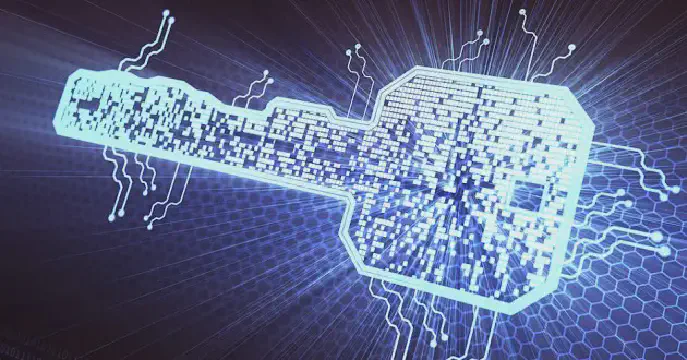Excerpt§
Exploring the strengths and weaknesses of SHA-512 and comparing it with alternative hash functions. Discover if there are better options for your specific needs.
SHA-512 is one of the most popular cryptographic hash functions used today for applications like password hashing and data integrity verification. However, some alternative hash functions exist that claim to offer stronger security than SHA-512. In this post, we’ll compare SHA-512 to some of these newer algorithms and examine if they really provide an advantage.
Overview of SHA-512§
Released in 2001, SHA-512 is part of the SHA-2 family developed by the NSA. It produces a 512-bit (64 byte) hash output no matter the size of the input. SHA-512 is very fast and optimized for 64-bit processors. Some key features include:
Extremely low probability of collisions.
High avalanche effect - small changes in input cause major changes in output.
Uses Merkle–Damgård construction making length extension attacks difficult.
Widely used for secure password hashing when combined with salting and stretching.
SHA-512 provides very robust security for most applications. However, some theoretical vulnerabilities have been identified which newer algorithms aim to address.
Limitations of SHA-512§
While SHA-512 remains secure in practice today, researchers have found some potential weaknesses in its design:
Theoretical attacks on reduced-round SHA-512 have been developed. Full SHA-512 is still secure.
SHA-512 uses the Merkle-Damgard construction which has known flaws around collision resistance and length extensions.
The SHA-2 algorithms share very similar algebraic structure, so advances against one variant could potentially weaken the others.
512-bit hashes may become too small and provide inadequate collision resistance with future quantum computing.
So far, no significant real-world breaks of SHA-512 have occurred. But these vulnerabilities motivated the creation of SHA-3 and other hash designs lacking the same theoretical flaws.
Alternatives to SHA-512§
Some of the newer hash algorithms that claim security advantages over SHA-512 include:
SHA-3 - Uses sponge construction instead of Merkle-Damgard, with different design choices to avoid SHA-2 weaknesses. Offers hash sizes up to 512 bits.
BLAKE2 - Based on ChaCha stream cipher and aims for high performance on modern processors. Comes in versions up to 512 bits.
BLAKE3 - Improved version of BLAKE2 focused on speed while remaining cryptographically strong.
Keccak - Unusual sponge construction with no length extensions and high parallelism. Became the SHA-3 standard.
Streebog - Russian national standard hash function offering 256-bit and 512-bit versions. Designed for efficiency.
Comparing the Strengths and Weaknesses§
How do these newer hash functions compare to SHA-512 in terms of security and performance?
Security - All of these hashes offer at least 256-bit strength or higher. No successful attacks have proven any more secure in practice yet.
Speed - BLAKE2, BLAKE3, Keccak and Streebog offer significantly higher speeds than SHA-512 in benchmarks. SHA-3 is slower.
Design - Algorithms like SHA-3 and BLAKE mitigate existing weaknesses in SHA-2’s structure. But SHA-512 remains theoretically sound.
Hash output size - SHA-512’s fixed 512-bit output may provide greater future collision resistance than the smaller 256-bit hashes.
Adoption - SHA-512 benefits from widespread use and support. The new hashes lack maturity and ubiquity in systems.
Practical Considerations§
When selecting a hash algorithm, some factors to consider beyond just security claims:
Compatibility with protocols and libraries that assume SHA-2 support.
Performance needs - newer hashes optimize for speed across modern CPUs.
Support and maturity of the algorithm in applications. New designs may have undiscovered weaknesses.
Future-proofing against anticipated cryptanalysis advances and quantum threats.
There is no surefire winner, but alternatives to SHA-512 provide worthwhile options to stay ahead of the curve on security while delivering speed.
Conclusion§
New hash functions like SHA-3 and BLAKE3 offer promising improvements in security, speed, and design compared to venerable SHA-512. However, SHA-512 remains fast, widely used, and secure in practice against all current threats. Migrating systems to a new hash should be driven by specific needs around compatibility, speed, and future-proofing against theoretical weaknesses in SHA-2. For many applications today, SHA-512 is still a robust choice, but alternatives are worth consideration to strengthen critical security foundations.















